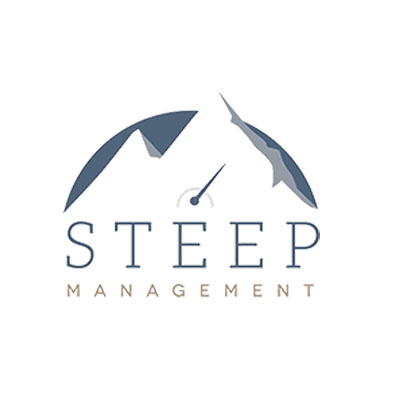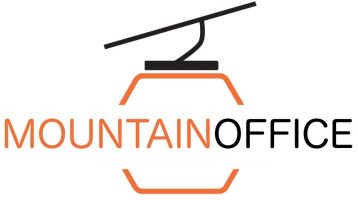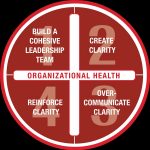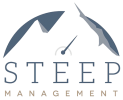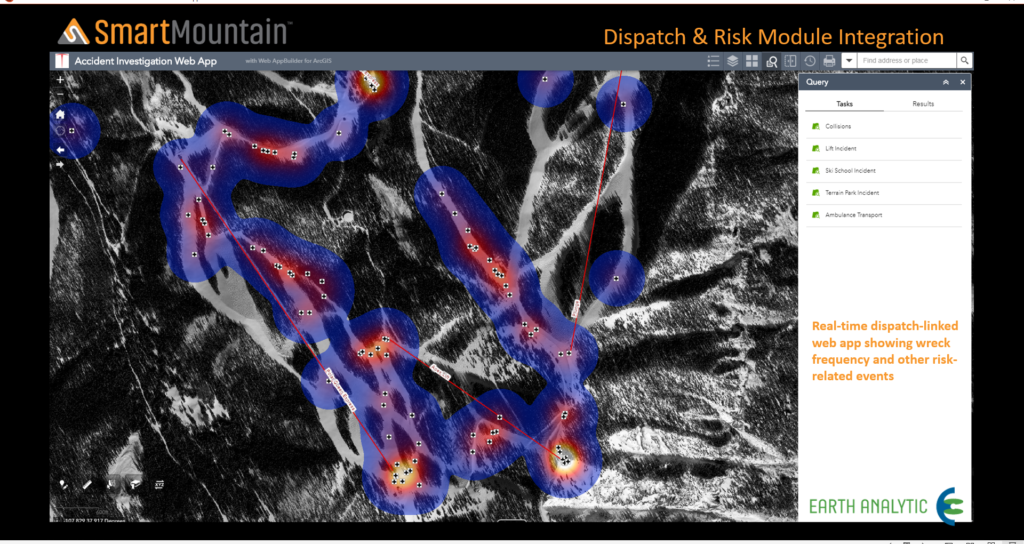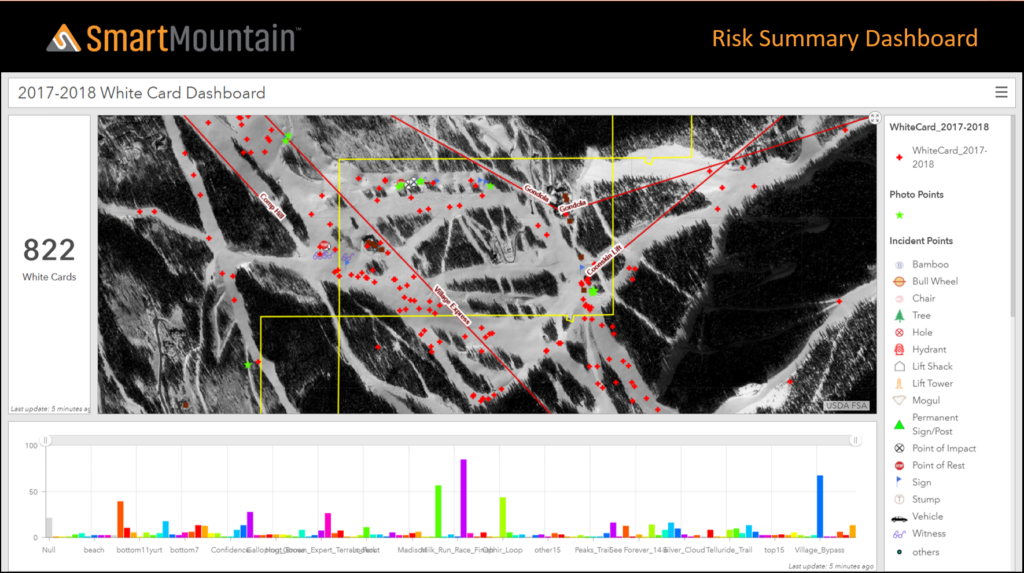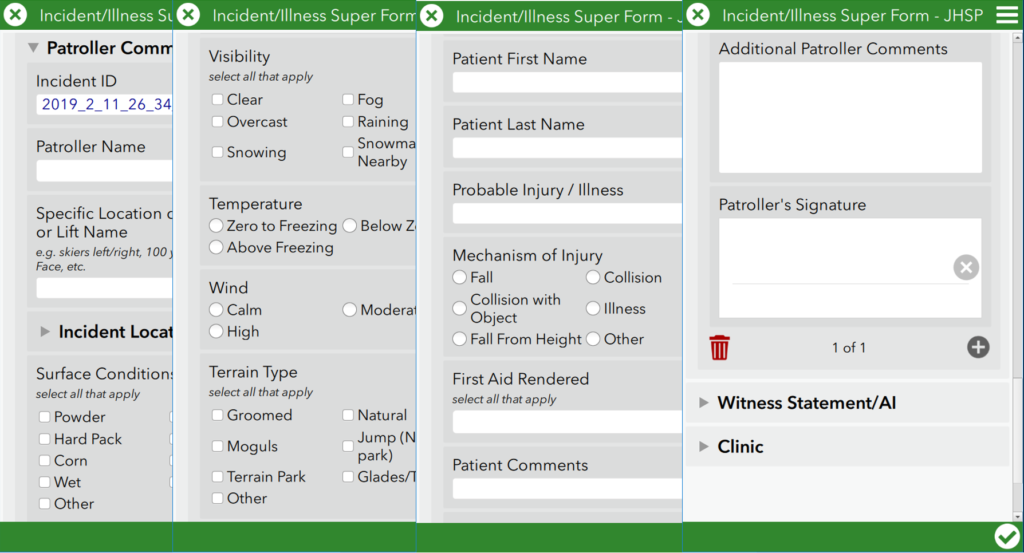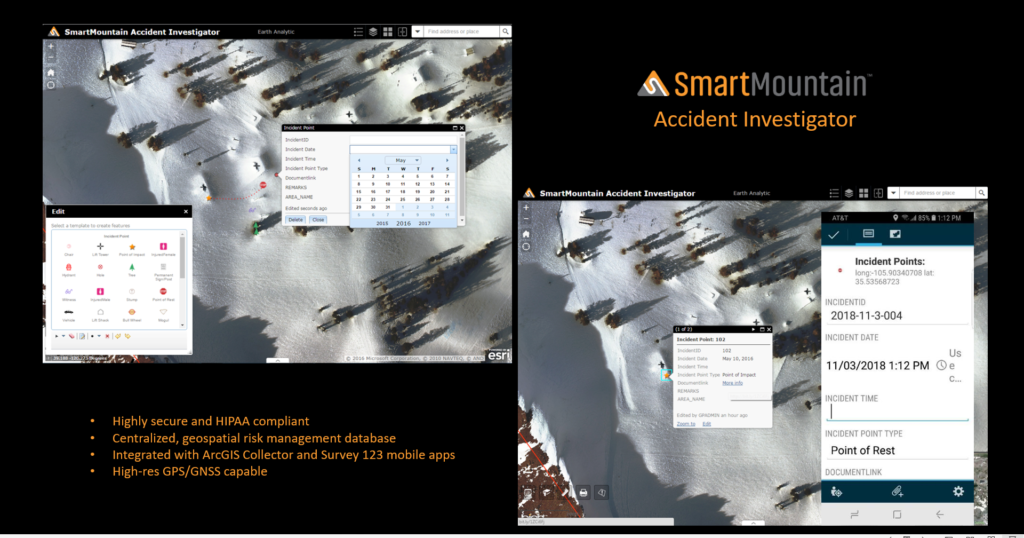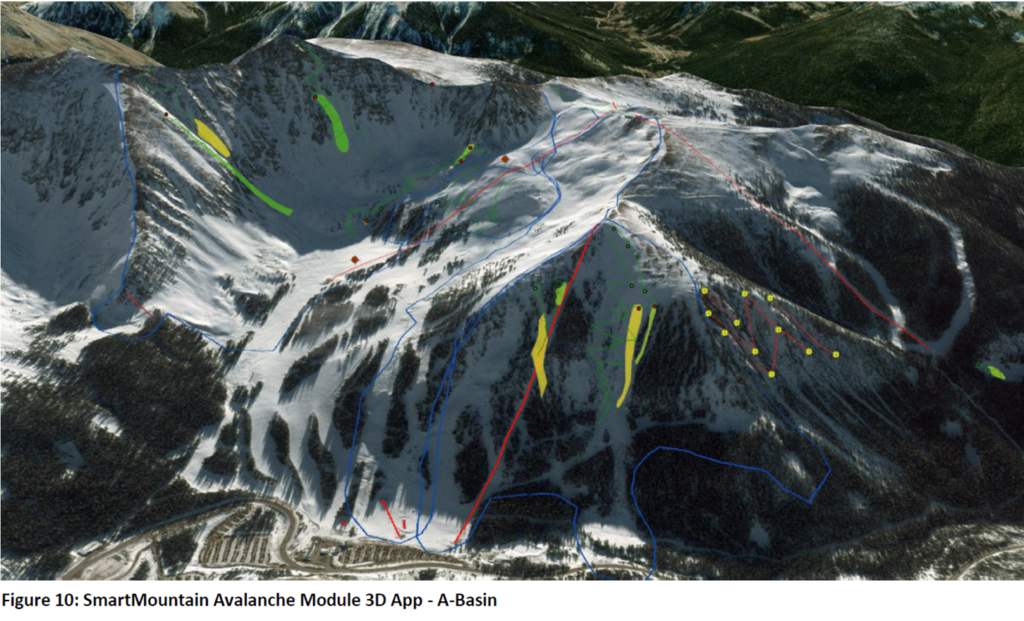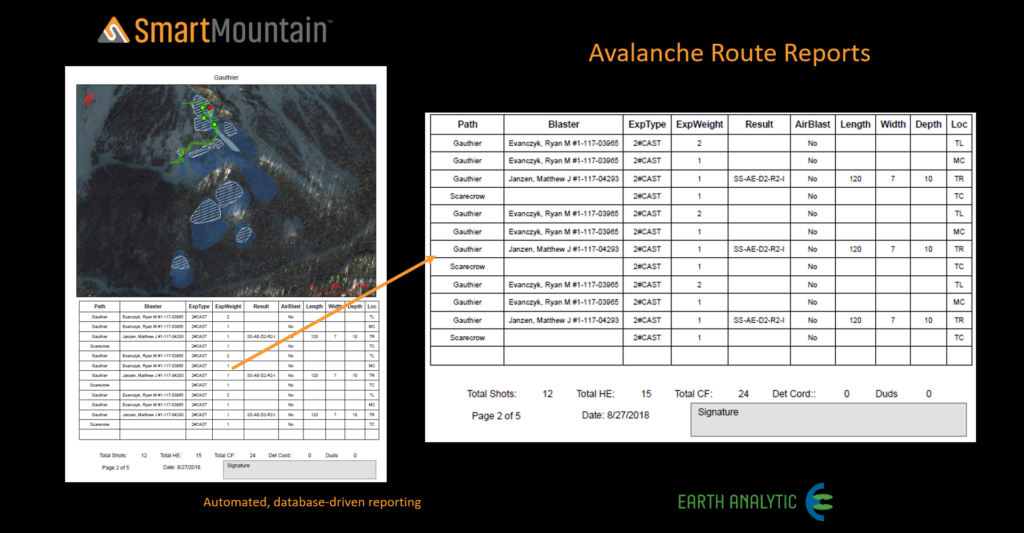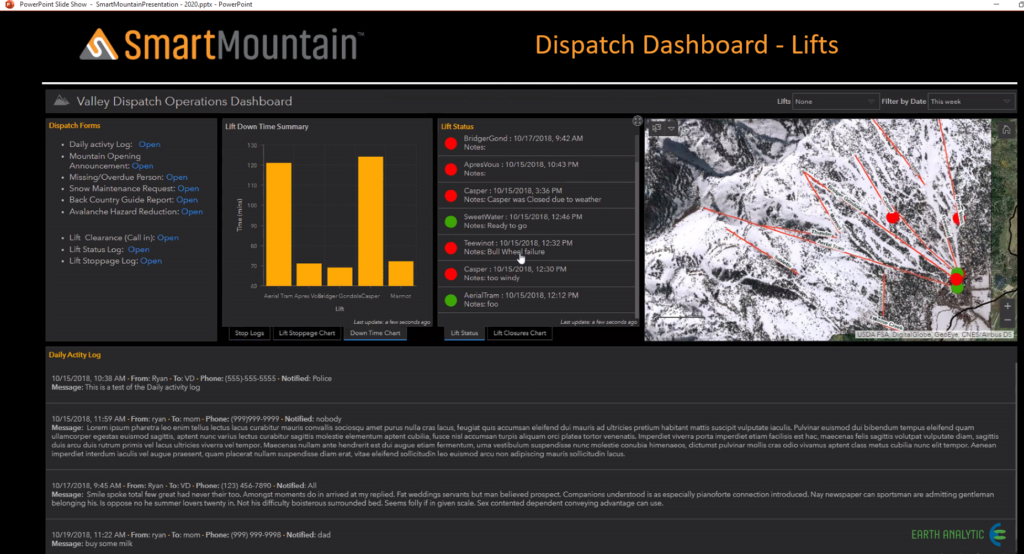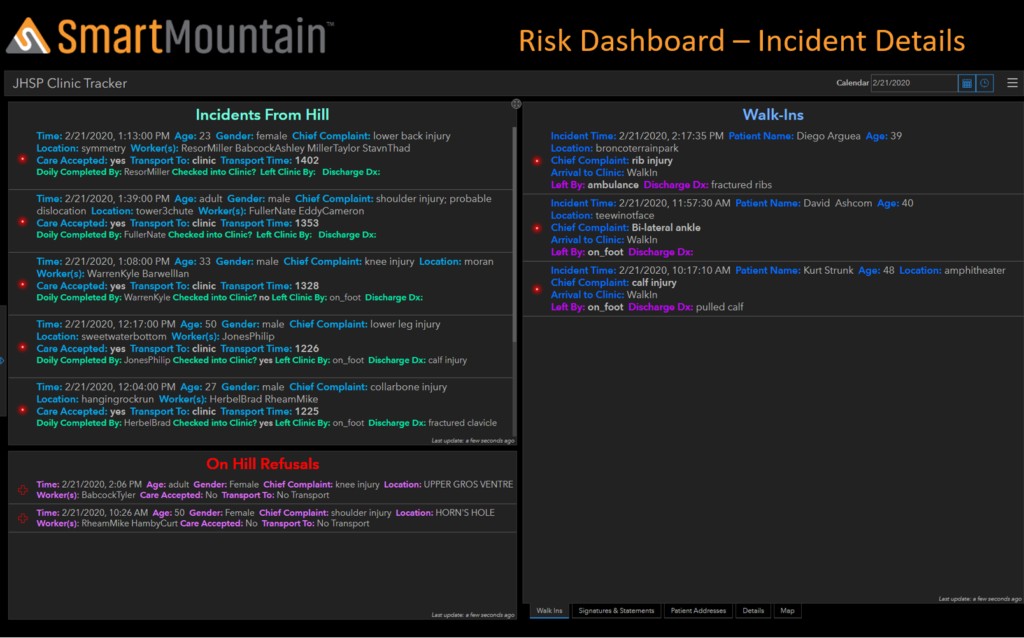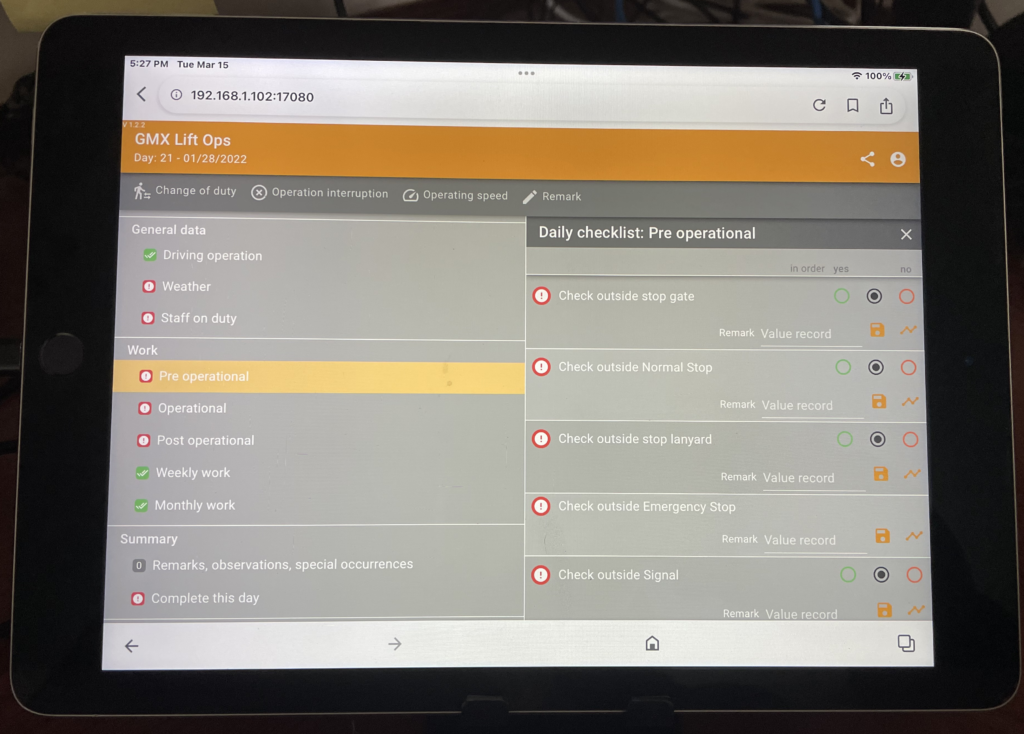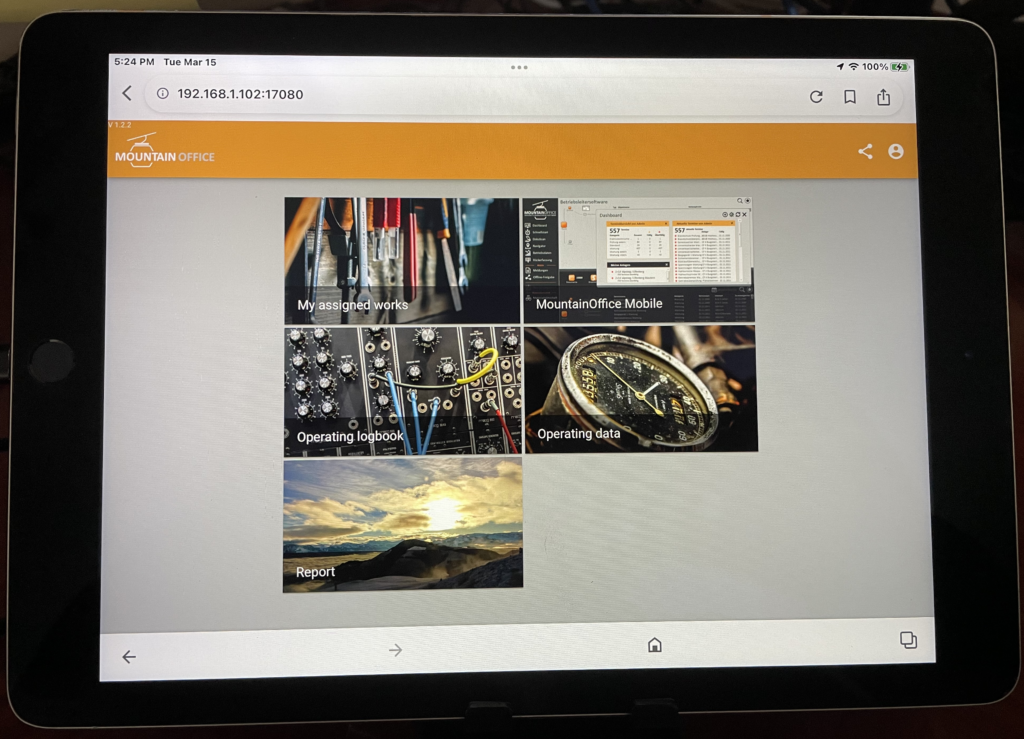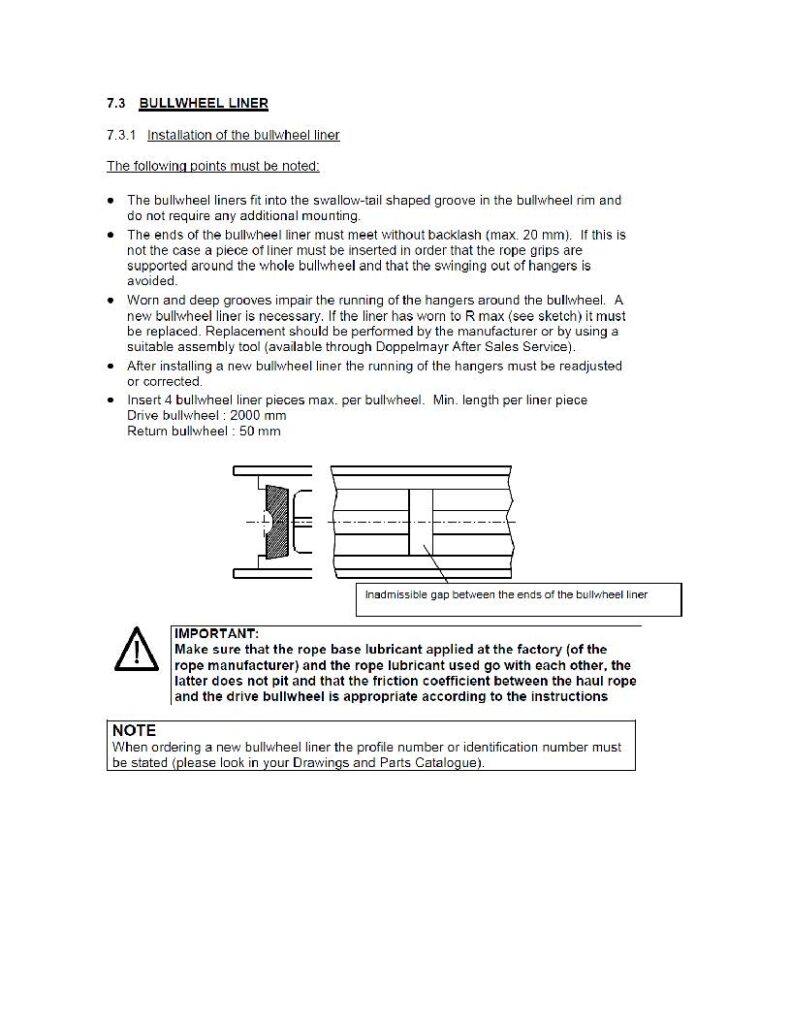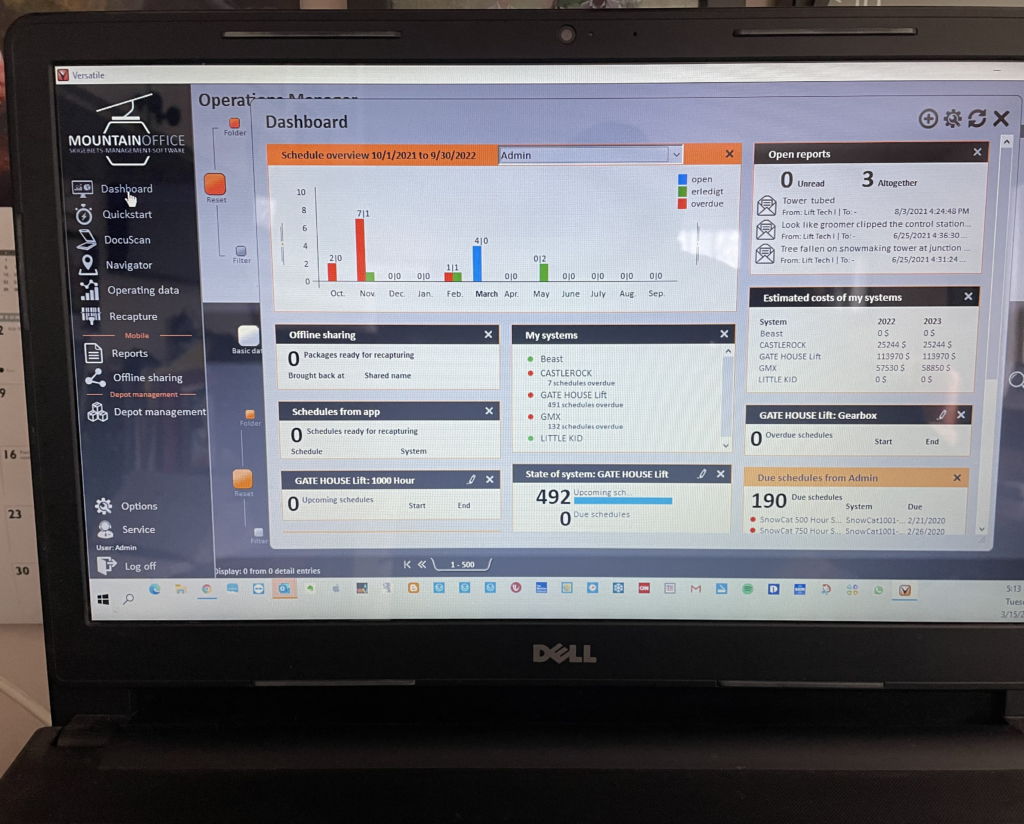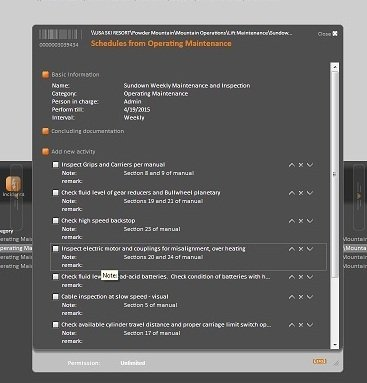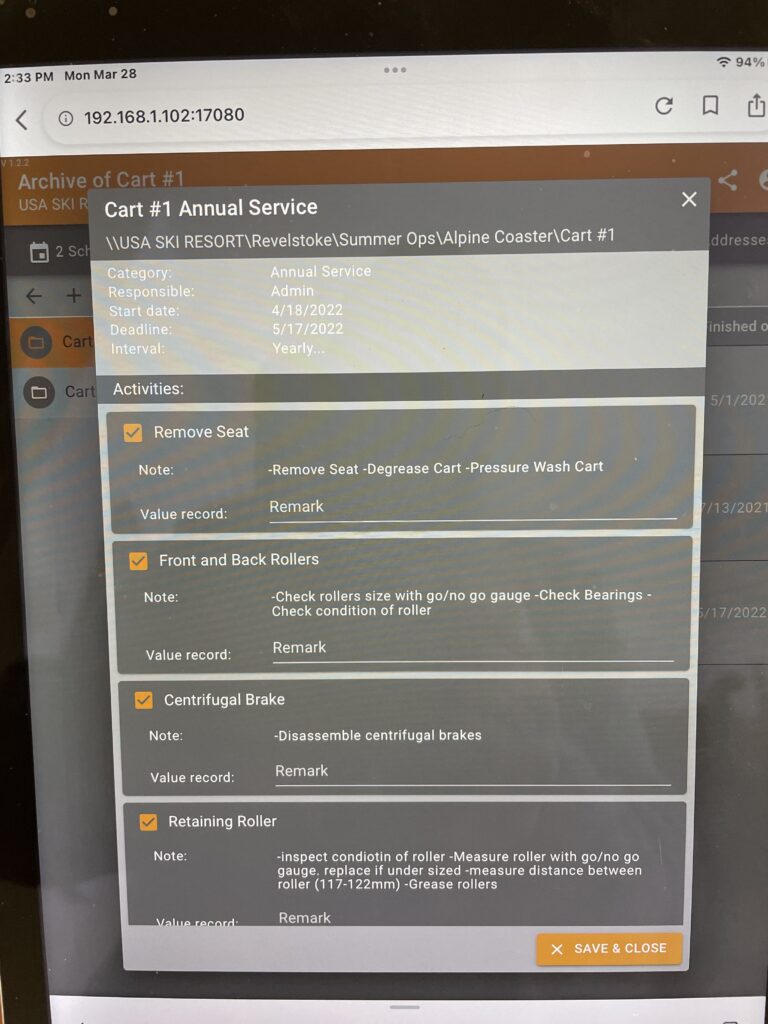Based on – A Winning Culture Keeps Score – John Case, and Bill Fotsch – Harvard Business Review.
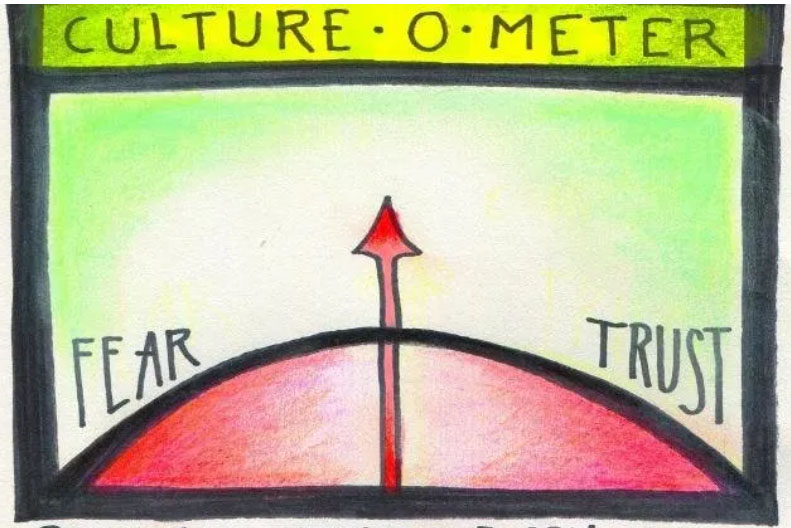
So, if you, as Mountain Ops Director, asked your Lift Maintenance Manger – What is the score of your department’s culture? What would you get back as an answer? Would it be an answer that you thought was meaningful? What does winning mean?
In sports, it is very clear who has the better score wins. In a ski area, it is not as clear. More profits? A higher stock price? How can I affect those? Maybe “winning” just means making my KPIs—or not getting laid off. Employees can’t get excited about winning, because they never know whether they’re winning or not. They need a score to tell them.
So, the next question is, are you keeping score? Many of you may have attended one of my sessions at RMLA or LMS over the past couple of years on Using Metrics to Improve Staff Engagement, where I explain the value of metrics and how to establish metrics, or a scoring system, that works for you. Here are connections to my prior writing on metrics.
Much of this post comes from some great articles from Harvard Business Review. The points made in the article of what makes a number key are so important. It is critical that the number must tie to something financial that has meaning, not just being under budget as the classic maintenance department example of where being under budget was king, so there was a deep resistance to spend money on maintenance to enable generation of more revenue.
Important that the number not come from above but as the article states from the team and stakeholders.
The number has to be relevant now; it is not forever. You can adapt as things change.
The article makes reference to open book companies without a full explanation of what that means. Lot’s of ski areas don’t fall in that category, and that can be difficult.
